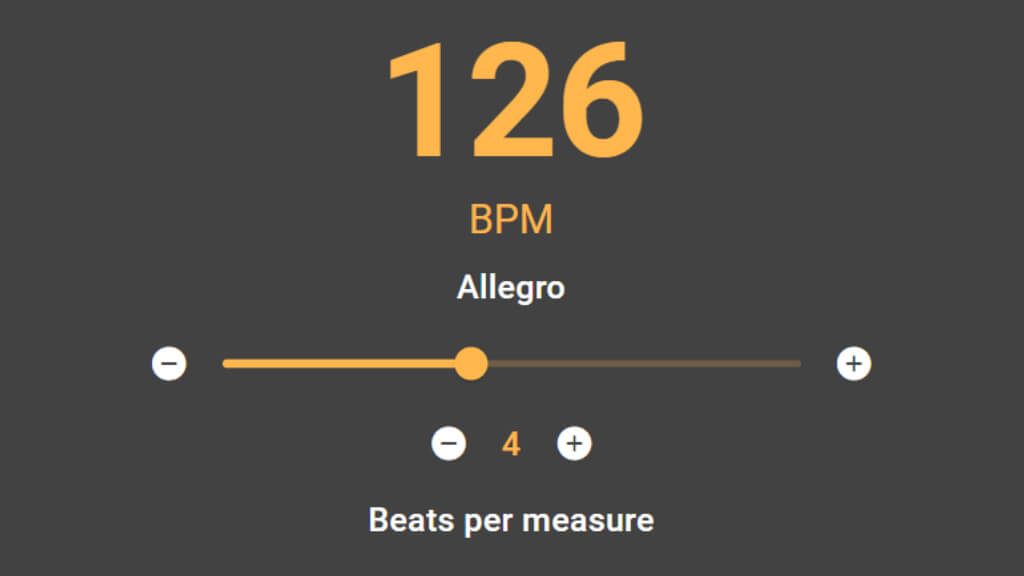Formula and Structure of the Em7 Chord
Interval formula from the root note: 1 — b3 — 5 — b7. The chord consists of the following notes:
- E — unison and the main tonal anchor.
- G — minor third with a melancholic character and gentle lyricism.
- B — perfect fifth, stabilizing the triad and adding tonal grounding.
- D — minor seventh with dominant pull toward the tonic.
Together, these notes form the harmonic foundation of the Em7 chord, defining its sound and role in the musical context.
Alternative Names for the Em7 Chord
There are no alternative names for this chord.
Using the Em7 Chord
Place the 7 in the middle or top position. For enrichment, add the 9 and 11, keeping them apart from the b3. In neo-soul and R&B, melodic embellishments in the top voice with slides and vibrato work well. Don’t overload the chord with doubled color tones in the bass.
Conclusion
Em7 is an expressive and versatile chord. Learn several fingerings, experiment with different positions and voice spacing, then try weaving it into your own playing — this will help you quickly find your unique tone.













